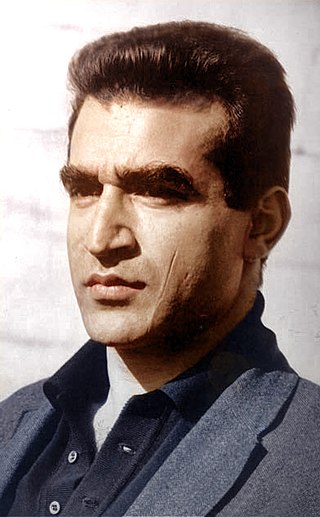
FM-2030 was a Belgian-born Iranian-American author, teacher, transhumanist philosopher, futurist, consultant, and Olympic athlete.
The noosphere is a philosophical concept developed and popularized by the biogeochemist Vladimir Vernadsky and philosopher and Jesuit priest Pierre Teilhard de Chardin. Vernadsky defined the noosphere as the new state of the biosphere, and described it as the planetary "sphere of reason". The noosphere represents the highest stage of biospheric development, that of humankind's rational activities.
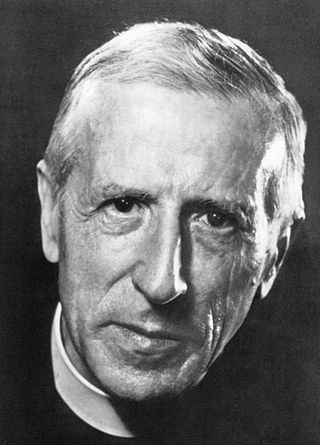
Pierre Teilhard de Chardin was a French Jesuit, Catholic priest, scientist, paleontologist, theologian, philosopher, and teacher. He was Darwinian and progressive in outlook and the author of several influential theological and philosophical books. His mainstream scientific achievements include his paleontological research in China, taking part in the discovery of the significant Peking Man fossils from the Zhoukoudian cave complex near Beijing. His more speculative ideas, sometimes criticized as pseudoscientific, have included a vitalist conception of the Omega Point. Along with Vladimir Vernadsky, they also contributed to the development of the concept of a noosphere.

Posthumanism or post-humanism is an idea in continental philosophy and critical theory responding to the presence of anthropocentrism in 21st-century thought. Posthumanization comprises "those processes by which a society comes to include members other than 'natural' biological human beings who, in one way or another, contribute to the structures, dynamics, or meaning of the society."
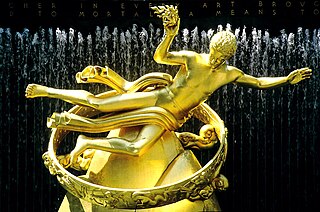
Transhumanism is a philosophical and intellectual movement that advocates the enhancement of the human condition by developing and making widely available new and future technologies that can greatly enhance longevity, cognition, and well-being.

Theodosius Grigorievich Dobzhansky was an American geneticist and evolutionary biologist. He was a central figure in the field of evolutionary biology for his work in shaping the modern synthesis and also popular for his support and promotion of theistic evolution as a practicing Christian. Born in the Russian Empire, Dobzhansky immigrated to the United States in 1927, aged 27.
The Omega Point is a theorized future event in which the entirety of the universe spirals toward a final point of unification. The term was invented by the French Jesuit Catholic priest Pierre Teilhard de Chardin (1881–1955). Teilhard argued that the Omega Point resembles the Christian Logos, namely Christ, who draws all things into himself, who in the words of the Nicene Creed, is "God from God", "Light from Light", "True God from True God", and "through him all things were made". In the Book of Revelation, Christ describes himself three times as "the Alpha and the Omega, the beginning and the end". Several decades after Teilhard's death, the idea of the Omega Point was expanded upon in the writings of John David Garcia (1971), Paolo Soleri (1981), Frank Tipler (1994), and David Deutsch (1997).
The term superhuman refers to humans, humanoids or other beings with qualities and abilities that exceed those naturally found in humans. These qualities may be acquired through natural ability, self-actualization or technological aids. The related concept of a super race refers to an entire category of beings with the same or varying superhuman characteristics, created from present-day human beings by deploying various means such as eugenics, euthenics, genetic engineering, nanotechnology, and/or brain–computer interfacing to accelerate the process of human evolution.
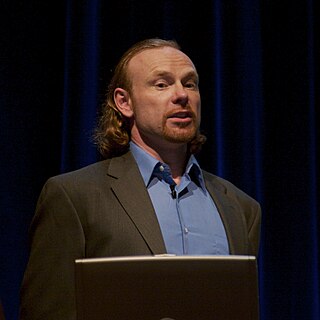
Max More is a philosopher and futurist who writes, speaks, and consults on emerging technologies. He was the president and CEO of the Alcor Life Extension Foundation between 2010 and 2020.
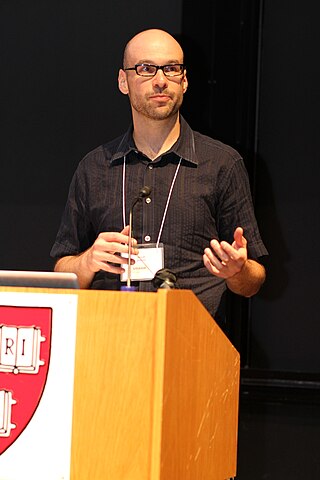
George P. Dvorsky is a Canadian bioethicist, transhumanist and futurist. He is a contributing editor at io9 and producer of the Sentient Developments blog and podcast. He was chair of the board for the Institute for Ethics and Emerging Technologies (IEET) and is the founder and chair of the IEET's Rights of Non-Human Persons Program, a group that is working to secure human-equivalent rights and protections for highly sapient animals. He also serves on the Advisory Council of METI.
Many of the tropes of science fiction can be viewed as similar to the goals of transhumanism. Science fiction literature contains many positive depictions of technologically enhanced human life, occasionally set in utopian societies. However, science fiction's depictions of technologically enhanced humans or other posthuman beings frequently come with a cautionary twist. The more pessimistic scenarios include many dystopian tales of human bioengineering gone wrong.
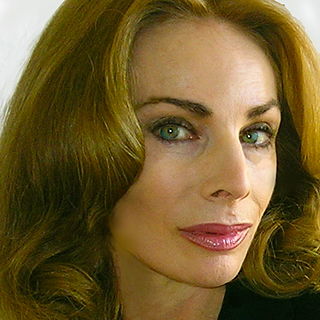
Natasha Vita-More is a strategic designer in the area of human enhancement and life extension. Her interests are located within the ethical uses of science and technology and socio-political implications of revolutionary advances impacting humanity's future.
Body hacking is the application of the hacker ethic in pursuit of enhancement or change to the body's functions through technological means, such as do-it-yourself cybernetic devices or by introducing biochemicals.

Daedalus; or, Science and the Future is a book by the British scientist J. B. S. Haldane, published in England in 1924. It was the text of a lecture read to the Heretics Society on 4 February 1923.

The global brain is a neuroscience-inspired and futurological vision of the planetary information and communications technology network that interconnects all humans and their technological artifacts. As this network stores ever more information, takes over ever more functions of coordination and communication from traditional organizations, and becomes increasingly intelligent, it increasingly plays the role of a brain for the planet Earth. In the philosophy of mind, global brain finds an analog in Averroes's theory of the unity of the intellect.

The Phenomenon of Man is an essay by the French geologist, paleontologist, philosopher, and Jesuit priest Pierre Teilhard de Chardin. In this work, Teilhard describes evolution as a process that leads to increasing complexity, culminating in the unification of consciousness. The text was written in the 1930s, but it achieved publication only posthumously, in 1955.
Carsten Bresch was a German geneticist and physicist. He was a professor at the University of Freiburg at the Faculty of Biology. Working in Göttingen, Cologne, Dallas, and Freiburg, he was a pioneer of genetics of bacteriophages, writing the standard Classical and Molecular Genetics.
The Transhumanist Party is a political party in the United States. The party's platform is based on the ideas and principles of transhumanist politics, e.g., human enhancement, human rights, science, life extension, and technological progress.

The term directed evolution is used within the transhumanist community to refer to the idea of applying the principles of directed evolution and experimental evolution to the control of human evolution. Law professor Maxwell Mehlman has said that "for transhumanists, directed evolution is likened to the Holy Grail".

Transhumanist politics constitutes a group of political ideologies that generally express the belief in improving human individuals through science and technology. Specific topics include space migration, and cryogenic suspension. It is considered the opposing ideal to the concept of bioconservatism, as Transhumanist politics argue for the use of all technology to enhance human individuals.












